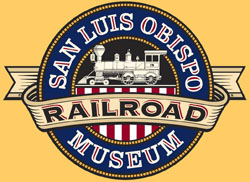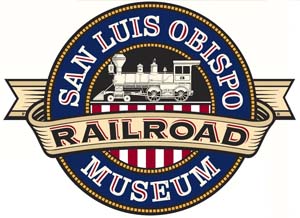Union Switch and Signal (US&S) H-2 Searchlight POT Signal
Return to QR Index
What exactly is a searchlight signal? What do they do and how do they work? This video, and the following text and photos, will explain the theory behind railroad signals such as this, and shed some light on how they work. Video by Stephen Hager.
The signal on display is an H-2 Searchlight Signal manufactured by Union Switch and Signal in Swissvale, Pennsylvania. US&S was one of several railroad signaling manufacturers to make searchlight signals. Wayside railroad signals such as searchlights govern train movements and provide important information to passing trains as to whether they need to slow or stop, or if they may proceed unimpeded.
This particular Searchlight Signal is a ground-mount type, often called a "Pot Signal". The signal head would have been directly mounted to a concrete pad on the ground. Signals like this were often used by the Southern Pacific on sidings to govern movement over the switch leading back onto the main track. They could also be found around railroad yards and terminals where clearances were too tight for conventional mast-mounted signals to be used. This signal also includes a debris guard to protect the glass lenses from rocks.
Searchlight signals arose from the early era of electrified wayside railroad signaling when bright light sources were extremely expensive, high energy consuming, or simply unreliable. The searchlight signal solved this problem by using a single low-power lamp in front of a parabolic reflector. The reflected light beam was directed through a rotating armature with colored roundels, then fed through one or two convex lenses to focus the light into a narrow, bright "pencil beam". Due to the nature of the light beam, a person viewing the signal outside of the light beam can only see the signal very faintly. Because of this, the signals had to be carefully mounted and aimed so that the engineer of an approaching train could see the signal right up until the train was at the signal. Nevertheless, a person viewing the signal within the beam can see the signal from over a mile away, even in a broad daylight.
The H-2 mechanism contains the lamp, reflector, rotating armature with color roundels, and "inner doublet" lens. The rotating armature is moved by a field coil electromagnet. When no electricity is flowing through the coil, it remains centered by gravity, holding the red roundel in the light beam. When electricity flowing one direction is put through the field coil, the coil rotates moving the yellow roundel into the light beam. When electricity flows the opposite direction through the coil, it rotates in the opposite direction, placing the green roundel in the light beam. After the light beam travels through the one of the roundels, it passes through the inner doublet and outer doublet lenses and exits the signal.
The once-ubiquitous searchlight signals are rapidly disappearing from America's railroads, having been rendered obsolete by LED and solid-state technology. Despite their reliability, the searchlight signals have fallen out of favor due to their moving parts and limited visibility. Despite this, some examples of these signals cans still be found in operation, including several on Cuesta Pass, just north of San Luis Obispo.
What the Signal Colors Mean
The color that a signal displays, along with whether that color is solid or flashing, is called the "aspect". The list below shows this signal's aspects, followed by the indications and their meanings. Each railroad company has different aspects and indications for certain signals, meaning that the same signal could mean something different on two different railroads. The list below is based upon Southern Pacific's signal rules.
Return to QR Index



